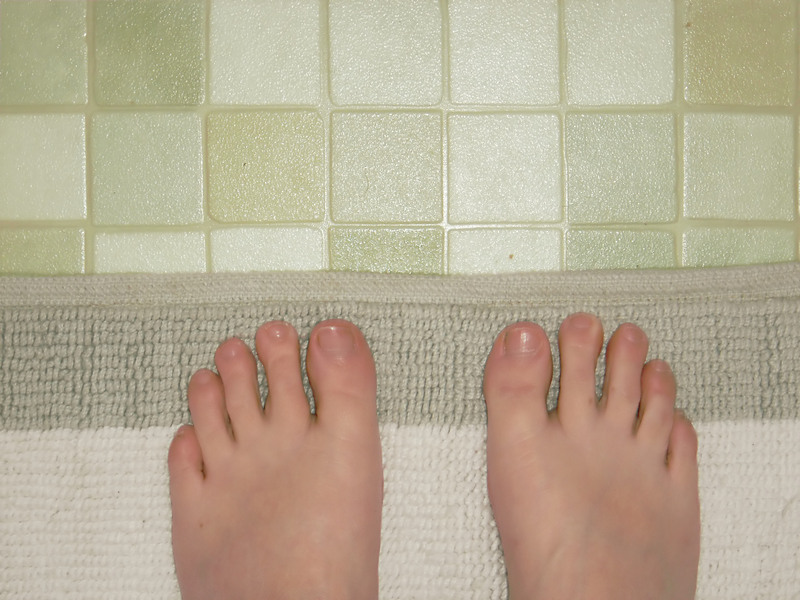What Factors Affect the Lifespan of Furniture?
Posted on 24/07/2024

Furniture is an essential part of our daily lives, whether it's the cozy couch we relax on after a long day or the sturdy dining table where we gather with our loved ones. While we invest in furniture for comfort and functionality, it also has a significant impact on the aesthetic appeal of our homes. However, furniture is not something that we buy frequently, and thus, it is crucial to consider its lifespan before making a purchase.
Several factors can affect the lifespan of furniture. In this article, we will discuss these factors in detail and provide you with tips to help you increase the longevity of your furniture.
Factors Affecting the Lifespan of Furniture:
1) Material used: The type of material used in making furniture plays a vital role in its durability. Furniture made from solid wood tends to have a longer lifespan compared to those made from particleboard or MDF. Solid wood furniture is more resistant to wear and tear and can withstand weight and pressure better than other materials.
2) Construction: The way furniture is constructed also affects its lifespan. Furniture pieces with solid joints and strong frames are likely to last longer than those with flimsy construction. High-quality furniture manufacturers pay attention to the construction process and use techniques like mortise and tenon joints or tongue and groove joints, which increase the overall strength of the piece.
3) Usage: The frequency and intensity of usage also determine how long furniture will last. Pieces that are subjected to heavy use, such as sofas or beds, tend to wear out faster than ones that are not used as frequently. Additionally, using furniture for purposes other than what it was designed for can significantly affect its lifespan.
4) Maintenance: Proper maintenance is crucial in increasing the lifespan of furniture. Regular dusting, polishing, and cleaning are necessary to prevent dirt, grime, and stains from damaging the surface. Neglecting maintenance can lead to irreversible damage, reducing the overall lifespan of the furniture.
5) Environmental factors: The environment in which the furniture is placed can also affect its longevity. Furniture placed in areas with high humidity levels or exposure to direct sunlight may be prone to damage like warping, fading, or cracking. It is essential to consider these factors and choose suitable furniture for different areas of your home accordingly.
6) Quality of craftsmanship: Furniture crafted by skilled artisans using high-quality materials is likely to have a longer lifespan than mass-produced, low-quality furniture. Investing in well-crafted pieces may cost more initially, but it will save you money in the long run as they are less likely to need frequent repairs or replacement.
Pros and Cons:
Pros:
1) Increases value for money: When you invest in high-quality furniture with a longer lifespan, you increase the value you get for your money. You won't have to replace pieces frequently, saving you money in the long run.
2) Aesthetically appealing: High-quality, durable furniture looks better and adds to the aesthetic appeal of your home. It also retains its appearance for a more extended period, whereas low-quality furniture can look worn out quickly.
3) Durability and strength: With proper care and maintenance, high-quality furniture can last for decades, providing you with peace of mind and eliminating the hassle of frequent replacements.
Cons:
1) Expensive upfront cost: High-quality furniture tends to be more expensive than low-quality pieces. However, considering its longevity and other benefits, it proves to be a worthy investment.
2) Requires proper maintenance: To ensure that your furniture lasts long, it requires proper maintenance and care. Neglecting this aspect can lead to damage and reduce its lifespan.
Tips for Increasing the Lifespan of Furniture:
1) Invest in quality pieces: As mentioned earlier, investing in well-constructed, high-quality furniture can go a long way in increasing its lifespan.
2) Follow care instructions: Always follow the care instructions provided by the manufacturer to ensure that your furniture remains in good condition.
3) Regular cleaning and maintenance: Regular dusting, polishing, and cleaning can significantly increase the lifespan of your furniture.
4) Protect from environmental factors: Use curtains or blinds to protect furniture from direct sunlight, and avoid placing it in areas with high humidity levels.
5) Avoid misuse: Using furniture for purposes other than what it was designed for can lead to damage and reduce its lifespan.
In conclusion, several factors can affect the lifespan of furniture, including the material used, construction quality, usage, maintenance, environment, and craftsmanship. Investing in high-quality pieces and following proper maintenance practices can significantly increase the longevity of your furniture. With these tips in mind, you can ensure that your furniture remains in excellent condition for years to come, providing comfort and beauty to your home.





